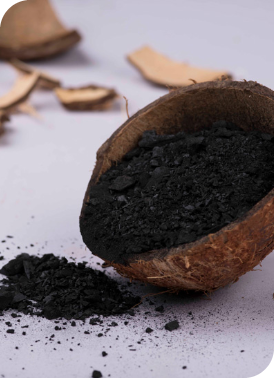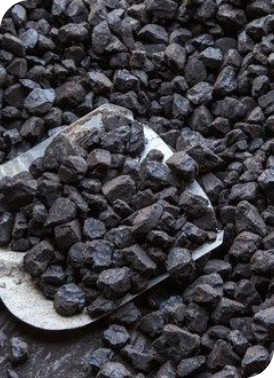
Powdered Activated Carbon (PAC) typically has a diameter less than 0.1 mm and an apparent density ranging between 23 and 46 lb/ft3, depending on the material used and manufacturing process. Iodine and molasses numbers characterize PAC, describing the quantity of small and large pore volumes. A minimum iodine number of 500 is specified for PAC by AWWA standards.
PAC is less expensive and its finer particle size enable faster adsorption kinetics. PAC is known to possess exceptional characteristic of Adsorption.
Adsorption in water solution is 100 times greater for powdered Activated Carbon (PAC) than that of Granular Activated Carbon (GAC). . One of the major advantage of Powdered Activated Carbon (PAC) is that, the decreased particle size makes it easier to disperse the PAC and keep it suspended with agitation.
Following are the Applications of Powdered Activated Carbon
- Powdered Activated Carbon is used by water treatment plants on either a full time basis or as needed for taste and odour control or removal of organic chemicals.
- Treating refinery, petrochemical, pharmaceutical chemical and other industrial waste water.
- Purification of highly contaminated surface and ground water
- Effective removal of micro-pollutants and odour causing compounds.
LATEST PRODUCTS
We market our products under the brand name KALBON Activated Carbon. It is manufactured by Kalpaka
Chemicals Private Limited which is based in southern Indian port city of Tuticorin, India.
Coconut Shell Activated Carbon
Coconut shell activated carbon, made from coconut husk, is a vapor-activated material

Coal Activated Carbon
Coal based activated carbon originates from coal that has undergone a steam activation process

Water Washed Activated Carbon
Water washing is primarily performed to remove ash content from the granular activated carbon


